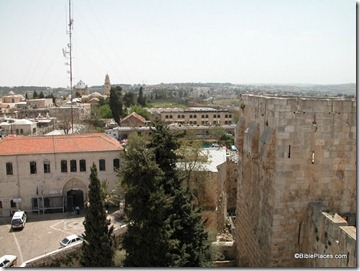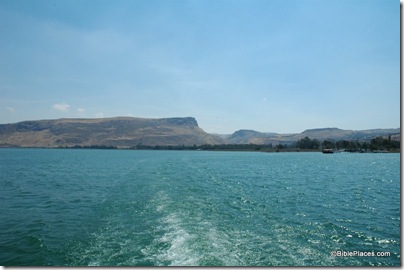Those in Jerusalem this month have a rare opportunity to visit the Kishle prison inside Jerusalem’s Old City. For two thousand years, this site atop Jerusalem’s Western Hill has served the city’s rulers as a fortress and police station. King Herod’s palace was constructed on the site and guarded by three towers. After the Romans destroyed the palace, the Tenth Roman Legion placed their encampment on the site. The Ottoman rulers constructed the present prison in the 1800s, and the British occupiers continued its use. From 1948 to 1967 the Jordanians used the site as a police station, and the Israelis have followed suit. According to the AP article, the jail has never been open to visitors.
An old Turkish prison in Jerusalem is briefly opening to the public this weekend, allowing visitors a rare glimpse inside an infamous local landmark.
[…]
Israeli archaeologists dug underneath the Kishle a decade ago and found important remains dating back nearly three millennia, including walls built by King Herod and medieval facilities for dyeing fabric.
“On this tiny spot we have the whole story of Jerusalem, from the Judean kings to the British mandate,” said Amit Re’em, the Israel Antiquities Authority archaeologist who excavated the Kishle.
The prison sits next to the Tower of David, an ancient fortress on the western flank of Jerusalem’s Old City. The tower complex, used as a stronghold and palace by Herod, early Muslim rulers, Crusaders and the Jordanian army, among others, is now a museum dedicated to Jerusalem’s history.
The full story is here.
If I was in Jerusalem this month, I’d get a group together and hire an expert like Gabriel Barkay or Shimon Gibson to give an archaeological tour.
HT: The Bible and Interpretation



